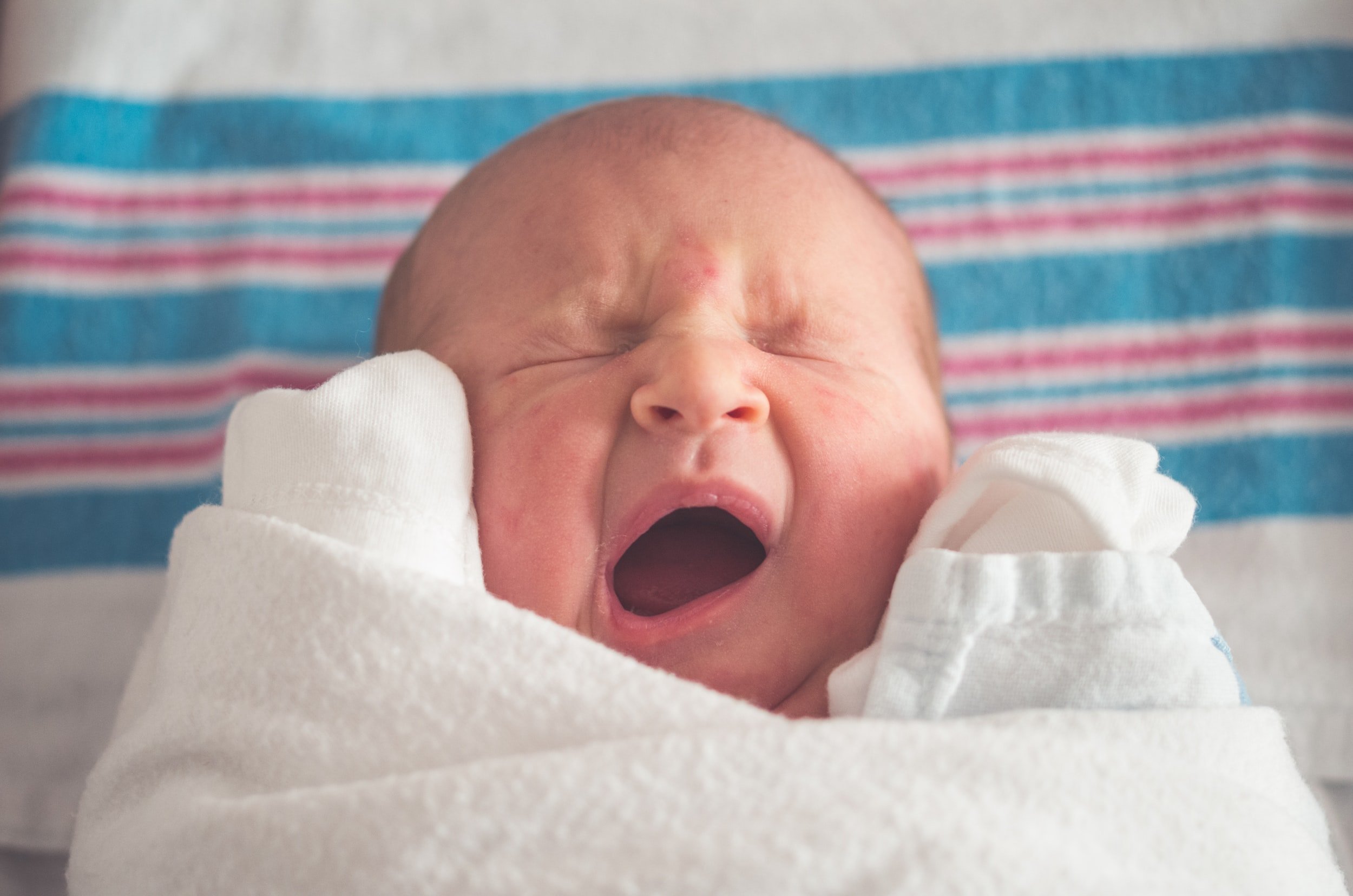Birthing Pool
The use of water for labour and birth can be traced back to ancient times. Birthing pools have been integrated into practice in many countries worldwide as an alternative option of pain relief for women.
Potential benefits and risks to using a birthing pool:
The use of birthing pools for labour/birth is thought to be as safe as ‘land birth’ for healthy women, with uncomplicated pregnancies. The Coombe birthing pool study which compared labour/birth in the pool versus ‘on land’, showed many benefits to using the pool, and these are supported by international studies.
Benefits
Water has a relaxing quality, increasing coping abilities and reducing the need for pain relieving drugs.
More normal vaginal birth, with less need for medical interventions.
Overall experience of childbirth enhances when women use pools.
Risks
Findings from our study showed higher rates of blood loss (500mls or more) for women using the pool. However, rates were similar to current Coombe rates, it is still an important finding for you to be aware of and to discuss with your midwife/doctor.
The risk of 3rd/4th degree tears following water birth can sometimes be sited as a concern. Our study showed no difference, but due to the small size of our study, it was not possible to exclude any important clinical difference.
Other potential risk
Outside of The Coombe, giving birth in water has resulted in a small number of serious incidents that do not occur out of water, such as water inhalation and near drowning. While these are extremely rare situations, it is important to know that they have occurred in order for you to make an informed choice.
Conditions for use of pool
You must be healthy, with an uncomplicated pregnancy and be at term (37-42 weeks).
You must go into labour yourself, and both you and your baby are well at the onset of labour.
You must be sufficiently mobile to enable quick exit from the pool in case of emergency.
When sitting in the pool the water should cover your bump.
The pool water should be clean and comfortably warm (not warmer than 37.5°C), with no additives.
You are advised to drink/keep hydrated.
You are encouraged to leave the pool at regular intervals (2 hourly) to use toilet facilities.
Safety issues
Women are screened for risk factors in order to assess suitability for use of the birthing pool. Similar to all births, both the mother and baby are monitored closely by the midwife while using the pool. It is in this way that we seek to minimise the risk to mother and baby. If your midwife has any concerns, s/he will explain these to you and ask you to leave the pool. As with all birth, midwives adhere to evidence based guidelines and an audit is maintained of birth outcomes. Strict cleaning and infection control protocols are in operation.
Who can use the pool?
You must be healthy, with an uncomplicated pregnancy and be at term (37-42 weeks).
You must go into labour yourself, and both you and your baby are well at the onset of labour. E.g. your temperature, pulse and blood pressure are normal and your baby’s heartbeat is satisfactory.
You must be sufficiently mobile to enable quick exit from the pool in case of emergency.
Who cannot use the pool?
Induction of labour
Multiple pregnancy (twins)
Previous Caesarean Section
Medical condition - diabetes, preeclampsia, epilepsy etc.
Signs of infection
>18 hours since waters breaking
If your waters have gone and are not clear
Previous 3rd/4th degree tear
Previous excessive blood loss
BMI >35
While in the pool:
When sitting in the pool the water should cover your bump.
The pool water should be clean and comfortably warm (not warmer than 37.5°C), with no additives.
You are advised to drink/keep hydrated.
You are encouraged to leave the pool at regular intervals (2 hourly) to use toilet facilities.
The Birthing Pool
Is this video we discuss the birthing pool at The Coombe along with some frequently asked questions.
Birthing Pool Leaflet
Frequently asked questions:
What should I wear?
Most women choose to bathe naked in the pool, however, you may feel more comfortable wearing a bra, bikini top or t-shirt. You are advised to pack flip flops, extra towels and a bath robe so that you do not get cold, as you may get in and out of the pool several times during your labour.
When can I get into the pool?
It is best used when you are having strong, regular contractions and your labour is progressing well. Your midwife will advise you as to the best time.
When do I get out of the pool?
Whenever you feel you want to. If you feel the pool is not for you, or you request other pain relief, you may leave the pool. You may wish to get out of the pool and mobilise, eat/drink, reposition/rest to help your labour progress. Your midwife may ask you to leave the pool for different reasons – to use the bathroom, to refresh the water or if you have been in the pool for a long time. A break may offer greater benefits once you return to the pool. Your midwife will also request you to leave the pool if s/he feels your labour has slowed down, or there are concerns about you or your baby’s wellbeing.
Can I have a water birth?
Yes, once you and your baby remain well. In order to protect the ‘breathing reflex’ and avoid stimulating your baby to breathe while under water, it is important that your baby’s head remains totally submerged during birth. Once born, your midwife will immediately and gently bring your baby to the surface, where the change in environment from water to air, triggers the first breath. Your baby’s head is not touched during the birthing process and the water temperature is monitored closely, with the aim of creating an environment to prevent the ‘breathing reflex’ from being triggered prematurely.
How will midwives care for me in the pool?
We aim to create a private, secure, calm, and relaxed environment. We will encourage you as necessary and disturb you as little as possible. We will listen to your baby’s heart beat; check your temperature, pulse and blood pressure regularly.
If you opt to have a water birth, to protect the ‘breathing reflex’ your midwife will remind you to keep the lower half of your body under water until your baby is born and once born, your baby is immediately brought to the surface.
If your midwife is in anyway concerned about you or your baby during labour and/or birth, you will asked you leave the pool.
What else can I use for pain relief when I am in the pool?
Many women find listening to their favourite music, massage, aromatherapy, deep breathing and/or the use of hypnobirthing techniques greatly enhance their birthing experience. Some women choose to use Entonox (gas and air), although it can cause drowsiness, for this reason it is only used under midwifery supervision.
Can I eat or drink when using the pool?
It is important that you keep hydrated; your birth partner can help to remind you to take regular fluids and a light diet to keep up your stamina. Examples of drinks include; orange/apple juice or isotonic ‘sports’ drinks. Pack some snacks in your hospital bag such as cream crackers or plain biscuits.
What should I do if I think I would like to use The Coombe pool?
Speak to your midwife or doctor about using the pool in labour.
Evidence/Research regarding: Water Immersion for Labour/Birth
Bovbjerg, M et al (2021) Maternal and neonatal outcomes following water births: a cohort study of 17, 530 water births and 17,530 propensity score-matched land births. BJOG. - Available here
Barry, P. et al. Prospective cohort study of water immersion for labour and birth compared with standard care in an Irish maternity setting. BMJ 2020 - Available here
Bovbjerg ML, Cheyney M, Everson C. Maternal and newborn outcomes following waterbirth: the midwives alliance of North America statistics project, 2004 to 2009 cohort. J Midwifery Women’s Health 2016 - Available here
Cluett ER, Burns E, Cuthbert A. Immersion in water during labour and birth. Cochrane Database of Syst Rev. 2018 - Available here
Davies R, Davis D, Pearce M, Wong N. The effect of water birth on neonatal mortality and morbidity: a systematic review and meta-analysis. JBI Database System Rev Implement Rep. 2015 Oct - Available here
Dekker R. The evidence on waterbirth. 2018 - Available here
Garland D. Revisiting Waterbirth; An Attitude to Care. London, UK: Palgrave 2017
Nutter E, Meyer S, Shaw‐Battista J, et al. Waterbirth: an integrative analysis of peer‐reviewed literature. J Midwifery Women’s Health 2014 - Available here
Snapp et al. The experience of land and water birth within the American Association of Birth Centers Perinatal Data Registry, 2012-2017. J Perinatal Neonatal Nursing 2020. - Available here
Taylor H, Kleine I, Bewley S, et al. Neonatal outcomes of waterbirth: a systematic review and meta‐analysis. Arch Dis Child Fetal Neonatal Ed 2016 - Available here
Vanderlaan, J et al. Neonatal outcomes with water birth: A systematic review and meta-analysis. Midwifery 2017 - Available here
Mc Kinney et al (2023) Water birth: a systematic review and meta-analysis of maternal and neonatal outcomes. https://doi.org/10.1016/j.ajog.2023.08.034
Burns et al (2022) Systematic review and meta-analysis to examine intrapartum interventions, and maternal and neonatal outcomes following immersion in water during labour and waterbirth. BMJ Open 2022; 12e056517 http://dx.doi.org:/10.1136/bmjopen-2021-056517.
Dado, M et al (2022) Women’s experiences for water immersion during labour and birth in a hospital setting in Ireland: A qualitative study. Midwifery 108 (2022) 103278. https://doi.org/10.1016/j.midw.2022.103278
Aughey, et al (2021) Waterbirth: a national retrospective cohort study of factors associated with its use among women in England. 2121 BMC pregnancy and Childbirth 21:252. https://doi.org/10.1186/s12884-021-03724-6
Claire Feeley, Megan Cooper, Ethel Burns (2021) A systematic meta-thematic synthesis to examine the views and experiences of women following water immersion during labour and waterbirth Journal of Advanced Nursing, 77(7); p.2942-2956 https://onlinelibrary.wiley.com/doi/10.1111/jan.14720

